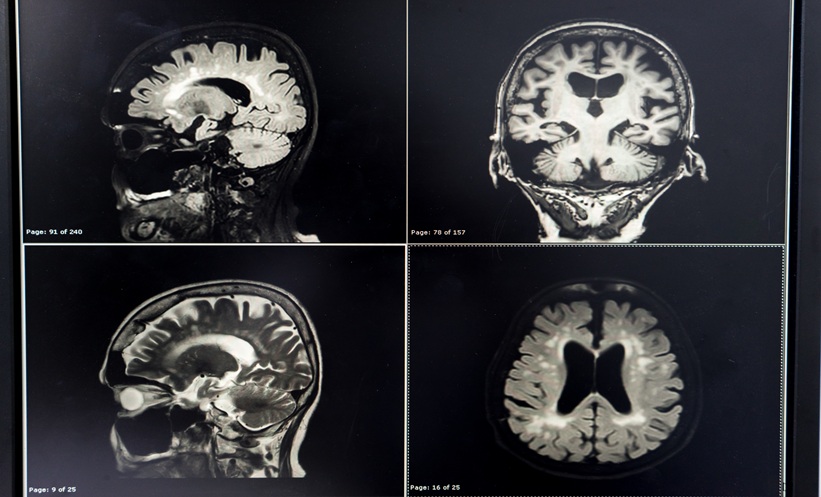Meeting Summary
Migraine is a primary headache disorder affecting up to four in ten women and up to two in ten men, mostly before the age of 35 years.1 By the age of 30, migraine is 3-times more prevalent in women than in men.1 The effects of migraine vary considerably, ranging from minimal disruption of daily activities to severe disability.1 Migraine without aura (MWoA) is most common, followed by migraine with aura (MWA).1 Attacks typically last 4-72 hours, with two or more specific features (unilateral location, pulsating, moderate-to-severe pain intensity, or aggravation by routine physical activity) during the attack. Migraine attacks are also accompanied by at least one of nausea, vomiting, and photophobia and phonophobia.1
It is 25 years since triptans first became available on prescription. Although their safety and efficacy is well established, there is still a great deal of ongoing research into the nuances of their use in treating patients with specific needs. Frovatriptan, in common with other triptans, is a serotonin (5-hydroxytryptamine, 5-HT) 1B/1D receptor agonist.1 Frovatriptan also shows moderate affinity for 5-HT7 receptors,1 resulting in more potent contraction of cerebral arteries than coronary arteries, with the potential for good efficacy and low risk of unwanted effects.1 Frovatriptan is distinctive from other triptans due to its half-life of 26 hours, which confers a longer duration of action.1
Please view the full content in the pdf above.








